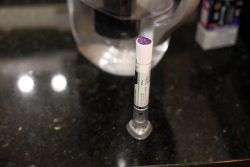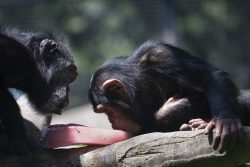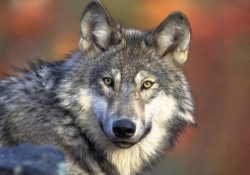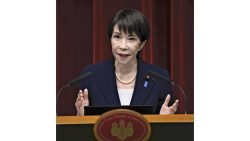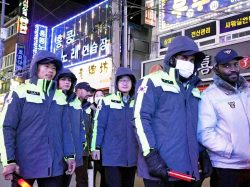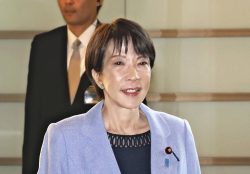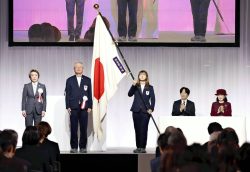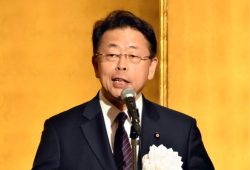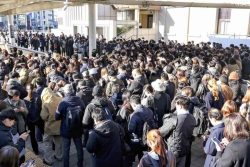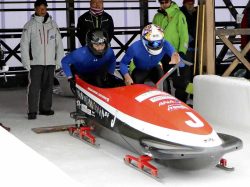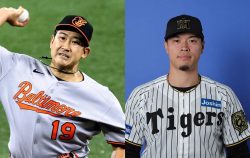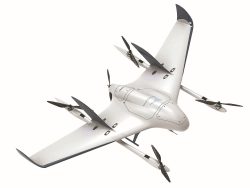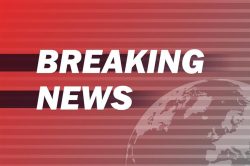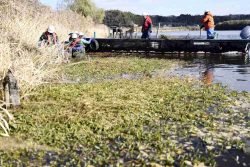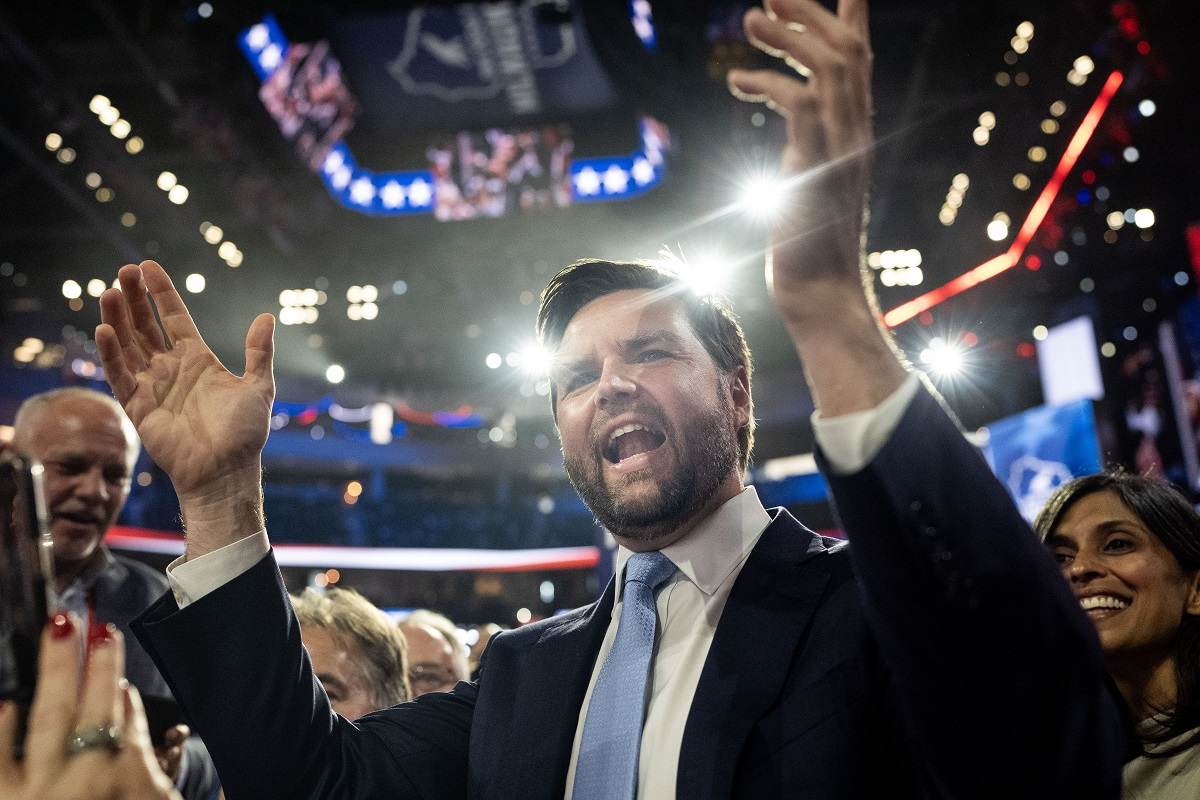
Vice-presidential nominee Sen. J.D. Vance (R-Ohio) works the convention floor on the first day of the Republican National Convention in Milwaukee on Monday.
17:39 JST, July 17, 2024
It’s no secret that Donald Trump has an aversion to facial hair.
Famously attuned to appearances, the former president once told his son, Donald Trump Jr., to ditch his pandemic beard. He was believed to have considered scruff a negative while selecting members of his administration in 2016. His distaste is so well-known that when Sen. J.D. Vance (R-Ohio) was reported to be on his vice-presidential shortlist, reporters pressed Trump on whether he could deal with the firebrand senator sporting a beard.
When the Republican presidential aspirant announced Vance as his running mate on Monday, it wasn’t a big step just for him. It was also a big step for the United States, which hasn’t had a vice president or vice-presidential candidate with facial hair in decades. The last one was the mustachioed Charles Curtis, who was on the Republican ticket in 1932 with Herbert Hoover.
In other words, Vance, the nation’s first millennial major party nominee, managed to also break the “beard barrier,” or the long-held norm of only clean-shaven politicians vying for the highest office in the land. And, for the record, Trump told Fox News Radio he thinks his running mate looks good with a beard – “like a young Abraham Lincoln.”
Matty Conrad, a master barber and founder of Victory Barber & Brand, told The Washington Post that Vance’s scruff could mark a return to a century-old run of bearded politicians. It also reflects shifting style sensibilities.
“Facial hair is certainly no stranger to the Oval Office, though it’s been seen as unprofessional and unkempt for a long time,” he said. “But what we’ve seen, certainly within the last probably 15 years or so, has been a return to more of that kind of rougher, more masculine kind of appearance.”
The swing from smooth-faced Founding Fathers, to hairy mid-19th century leaders, to today’s mostly scruff-free White House contenders coincides with historical trends, according to research by Christopher R. Oldstone-Moore, a historian and author of “Of Beards and Men: The Revealing History of Facial Hair.” Hairy faces were reviled during George Washington’s age of powdered wigs. The Civil War coincided with a fad of lush beards – which began fading away around the beginning of the 20th century, when rumors began swirling about facial hair spreading diseases.
A look through presidential and vice-presidential portraits, along with records from the Library of Congress, reveals the changing grooming trends. Aside from John Quincy Adam’s elongated sideburns and Martin Van Buren’s mutton chops, the first president to have facial hair was Lincoln – who famously grew his beard after an 11-year-old girl sent him a letter in 1860 with some aesthetic advice: “All the ladies like whiskers and they would tease their husband’s to vote for you and then you would be President.”
Honest Abe, who served from 1861 to 1865, seems to have started a trend. After Lincoln, nine of the 11 next presidents sported some sort of beard or ’stache – a streak that ended with William Howard Taft, who was in office from 1909 to 1913.
Vice presidents somewhat followed suit. The first with any facial hair was Schuyler Colfax, veep for fellow beard-haver Ulysses S. Grant from 1869 to 1873. Over the next 14 elections, seven men with facial hair – mostly mustaches – featured on the winning ticket, through Curtis in the 1928 election.
Curtis and Hoover lost their bid for reelection four years later. No nominee for Veep has had facial hair since, and only two presidential nominees have: Charles Evans Hughes in 1916 and Thomas E. Dewey in 1944 and 1948. Both Republicans lost their races – and, in Dewey’s case, the mustache might have been part of the problem. It was something observers fixated on.
“They made the comment that Dewey looked like the groom figurine on the wedding cake,” said Joel K. Goldstein, the Vincent C. Immel Professor of Law Emeritus at St. Louis University School of Law. “And that was kind of a cutting comment.”
Goldstein, an author and scholar of the vice presidency, has admittedly not devoted much of his work to studying politicians’ facial hair – or lack thereof. But he said he was not surprised by the onslaught of attention Vance’s beard has brought to this year’s presidential race. Personal appearance, he said, has long played a role in politics.
“Just look at the JFK versus Nixon debates. People who watched the debates thought that Kennedy had won, and people who listened on the radio thought that Nixon had won. And that’s a function of Kennedy’s appearance,” Goldstein said.
And, he added, there’s something about novelty that can be alluring to the public.
“It’s like when you look at all the black-and-white presidential pictures, and suddenly around 1953 you see them in color,” he said. “Or when all the vice presidents are men and all of the sudden you see Harris. It’s different and it’s striking.”
Conrad, the master barber, said Vance’s beard underlines how the pendulum has swung back in favor of facial hair. He said that a well-kept beard today can serve as a confidence booster – “even if before it was viewed as hippie or yuppie or for slobs and mountain guys.” He described it as the equivalent of the makeup technique known as contouring, in that it can help define and shape a face.
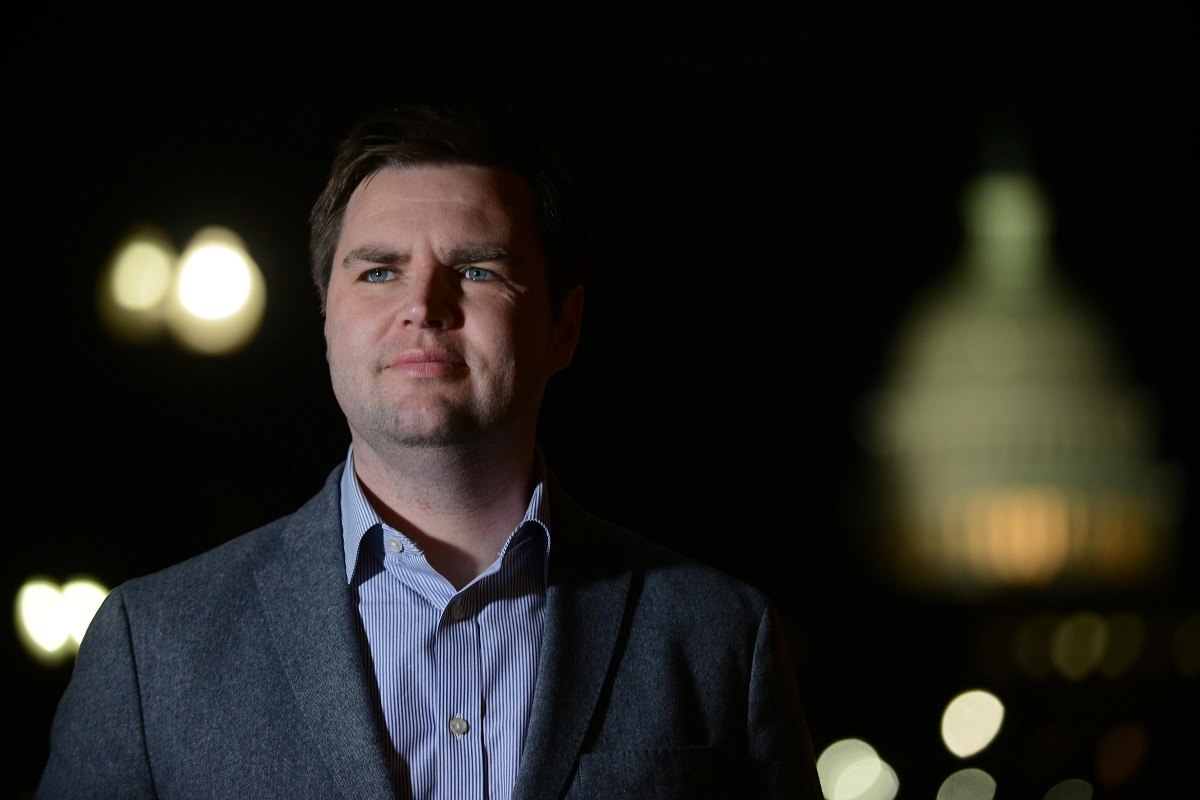
Astrid Riecken for The Washington Post
For Vance, the beard is what Conrad said he “would call a maturity beard.” The vice-presidential hopeful was smooth-faced and had a boyish look when he rose to fame in 2016 after publishing the memoir “Hillbilly Elegy.” He stayed that way for years, before debuting the full beard while running for Senate in 2022.
Neither the Trump campaign nor a spokesperson for Vance responded to The Post’s request for comment on the VP pick’s facial hair. Vance does not appear to have gone on the record about it. But the beard has been a source of public fascination for years, with some seeing it as a sign of his transformation from “Hillbilly Elegy” author and “Never Trumper” to one of the 45th president’s fiercest allies.
Even one of Vance’s law school friends said the new look “occupied an outsize amount of my attention,” The Post reported in a 2022 magazine piece.
“He looks different,” the friend said. “He’s going for a kind of severe masculinism thing. He looks like Donald Trump Jr.”
"News Services" POPULAR ARTICLE
-

Japan’s Princess Kako Marks 31st Birthday, Contributed to Key Events This Year
-

Arctic Sees Unprecedented Heat as Climate Impacts Cascade
-

Brigitte Bardot, 1960s Sultry sex Symbol Turned Militant Animal Rights Activist Dies at 91
-

South Korea Prosecutor Seeks Death Penalty for Ex-President Yoon over Martial Law (Update)
-
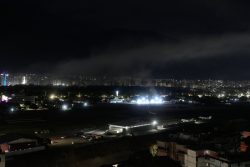
At Least 7 Explosions and Low-Flying Aircraft Are Heard in Venezuela’s Caracas
JN ACCESS RANKING
-

Japan Govt Adopts Measures to Curb Mega Solar Power Plant Projects Amid Environmental Concerns
-

Core Inflation in Tokyo Slows in December but Stays above BOJ Target
-

Major Japan Firms’ Average Winter Bonus Tops ¥1 Mil.
-

Tokyo Zoo Wolf Believed to Have Used Vegetation Growing on Wall to Climb, Escape; Animal Living Happily after Recapture
-

JAL, ANA Cancel Flights During 3-day Holiday Weekend due to Blizzard


